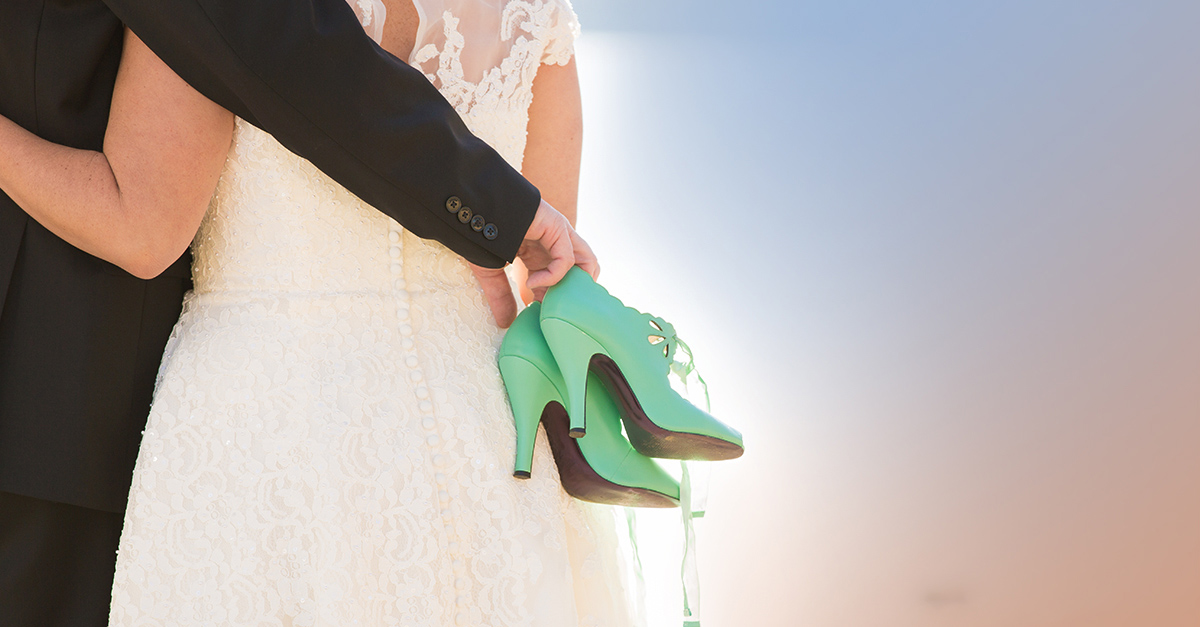
Men in heels?
Would you believe if we told you that high heels were originally meant for men?
For some, wearing high heels can be extremely empowering and a way to even make a statement. But on the other hand, we women constantly worry about bunions, tendon pain, hammer toes, and more. Can you imagine a world where high heels belong only to men! Well, that’s how it originally was. Men were the first ones to wear high heels.
It was the soldiers in the Persian army who first used high heels in the 15th century primarily to secure their feet in stirrups. It would also add to their stability while they shot arrows. Eventually Persian riders wore one-inch heel shoes as a symbol of power.
Europe caught the high heel bug when Persian soldiers and migrants arrived. European aristocrats used high heels to appear taller during military attacks. In 1670, Louis XIV (better known as the king of heels) passed a law allowing only the nobility to wear heels and also red soles.
How did women catch the high heel bug you ask? In the 1700s, women used high heels to make their feet seem smaller. Eventually women also wished to make style and wardrobe changes to seem more masculine, authoritative, and powerful. And this inspired them to dress more like men and even wear heels that were higher and narrower than men. The first woman in history to have worn high heels is Catherine de Medici.
Sense prevailed in the 17th century (also known as the Great Male Renunciation) and men started putting emphasis on sober and practical fashion trends. Eventually by 1740, they stopped wearing heel-shoes altogether. However, the trend kind of stayed with the women and became extremely popular. Heels have continued evolving from platforms to pumps to stilettos to armadillo boots.
Well, the next time someone says heels aren’t practical, you can tell them that at some point in history, they were invented for practical purposes.





